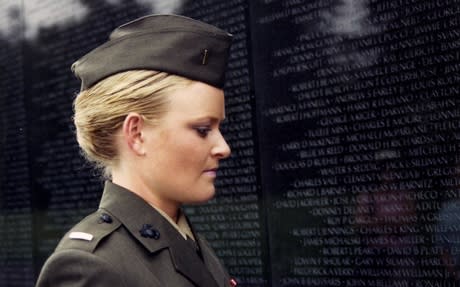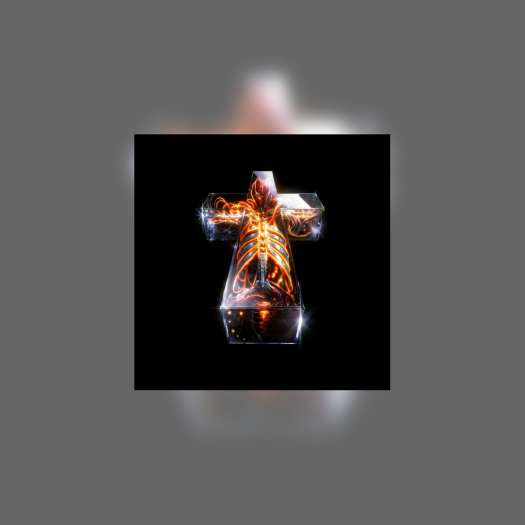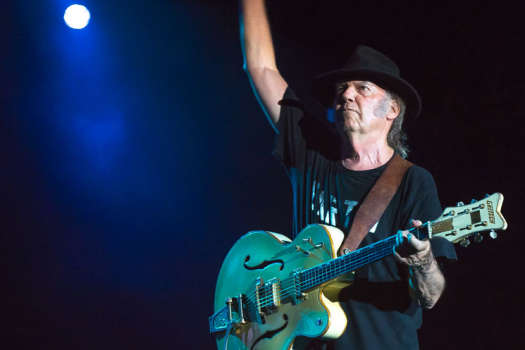As Kirby Dick's latest contribution to the world of documentary begins, we are treated to a host of archival public service announcements promoting military careers for females. These grainy PSAs are cheesy, borderline sexist and downright laughable. However, this is where the comedy comes to an abrupt halt. Dick's The Invisible War details a small part of what appears to be, at minimum, an epidemic of sexual assault in the military and, even more appalling, the closed-ranks mindset that stands in the way of justice. Through a series of interviews with more than a dozen women and even a few men, we hear stories of people that joined the military with a sense of pride in their country, only to discover that their personal enemy was one of their own. The victims recount incidents of sexual assault, injury and rape committed by their fellow servicemen or those in authoritative positions, which underscores these tragic statistics: one out of every five women in the military has been assaulted; an estimated 80 percent of victims never report assaults; and less than five percent of those reported are convicted. While the film affords the handful of victims their moment on-screen to share their horrific stories of abuse, the trajectory of the film is driven by Kori Cioca (a former Coast Guard seaman), who was raped and struck in the face so hard her jaw's permanently misaligned. Denied long-term treatment and surgery by Veteran Affairs, Kori voices her sense of betrayal by both her rapist, whom was also her commanding officer, as well as a military that views rape as an "occupational hazard." Not only does Dick uncover these heroic survivors that have stepped forward to tell their stories in an attempt to bring about change, but he calls attention to the key problem: a military culture that has marginalized and victimized countless soldiers. Included with the DVD is the standard audio commentary by the director, as well as a deleted scene pertaining to the PTSD segment and extended versions of interviews that were edited for use in the film. Also included are featurettes showcasing a retreat for survivors and a symposium post-screening at Sundance where victims shared their stories, which only serve to make this already grim documentary even more tragic.
(eOne)The Invisible War
Kirby Dick

BY Daniel PrattPublished Nov 23, 2012



